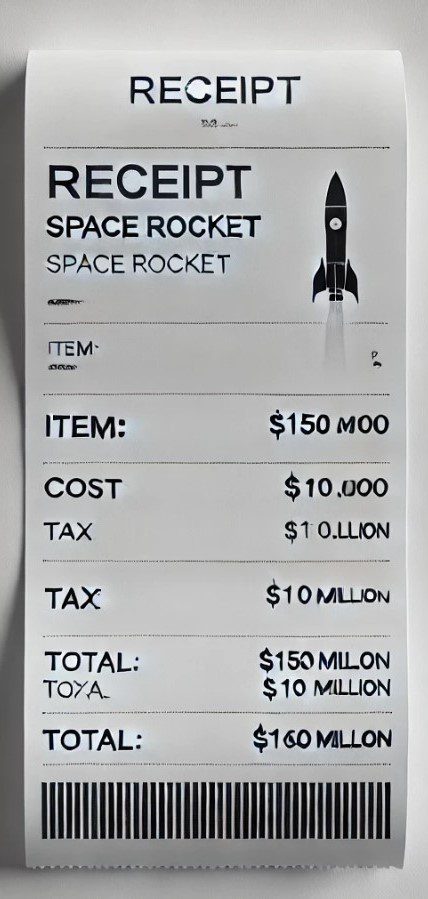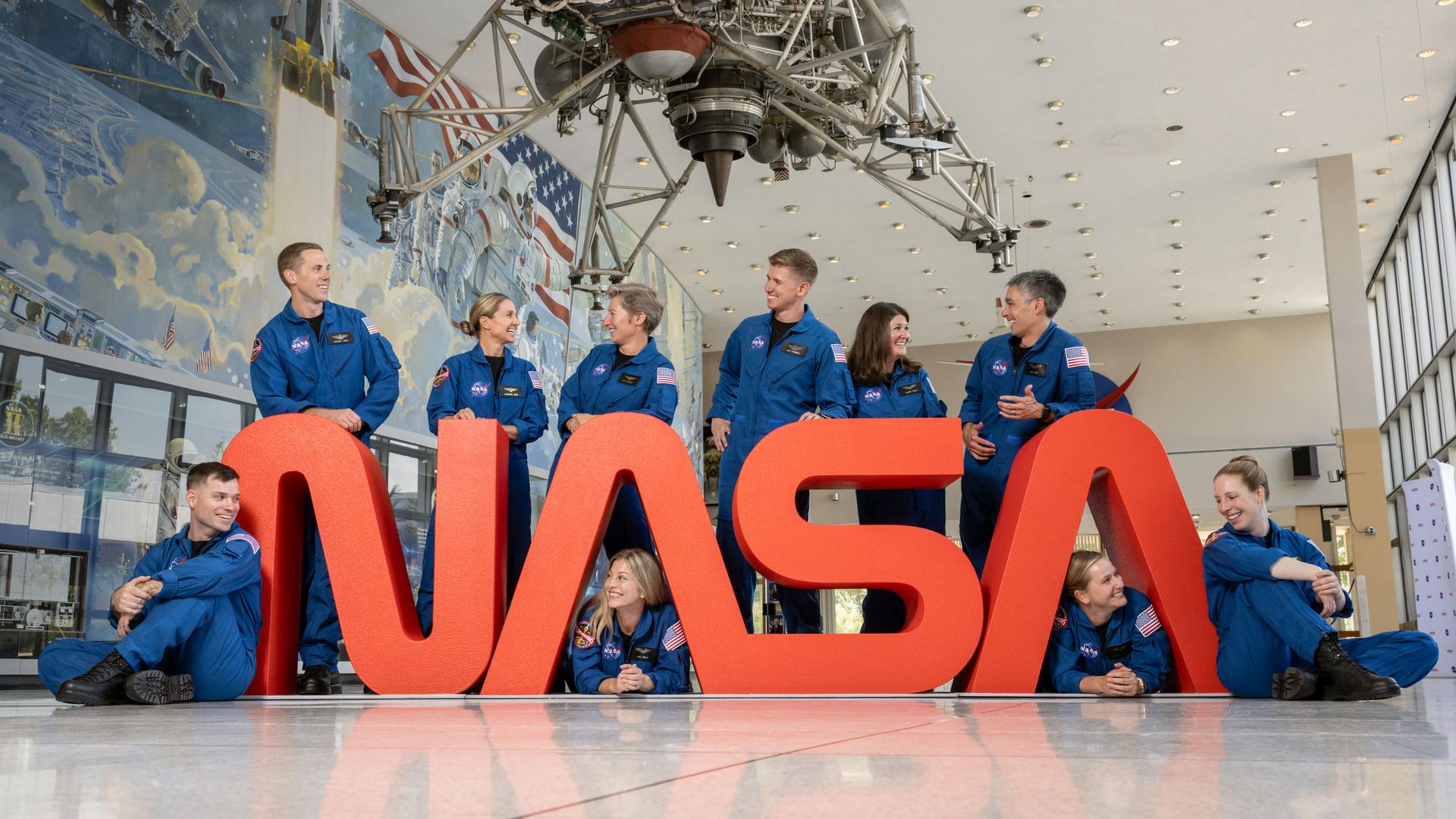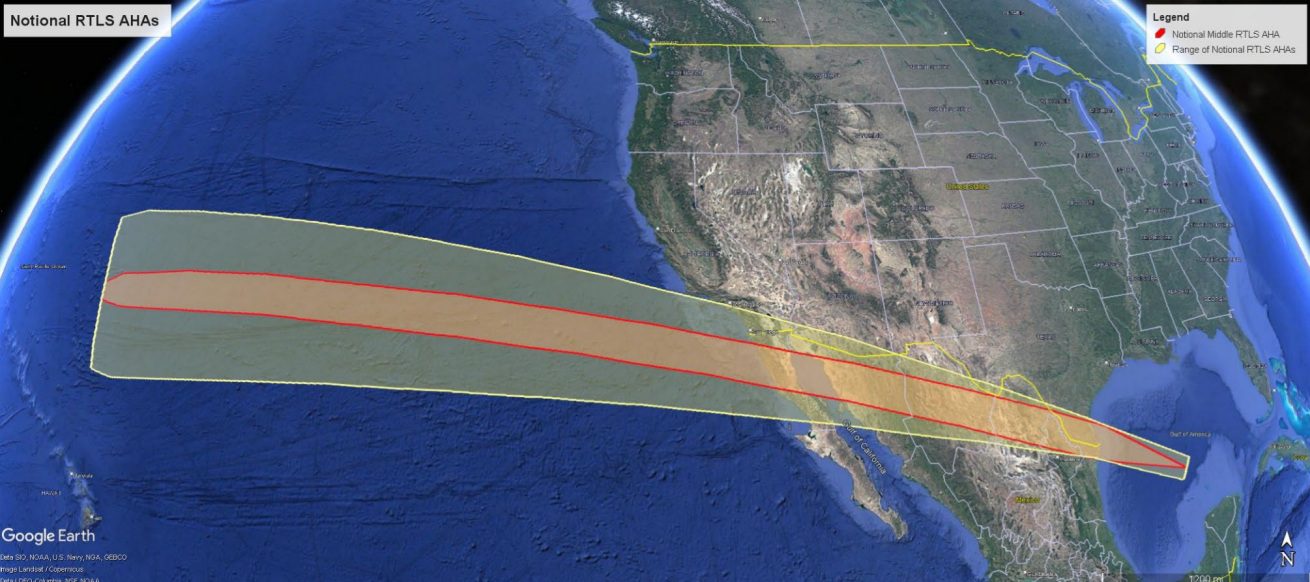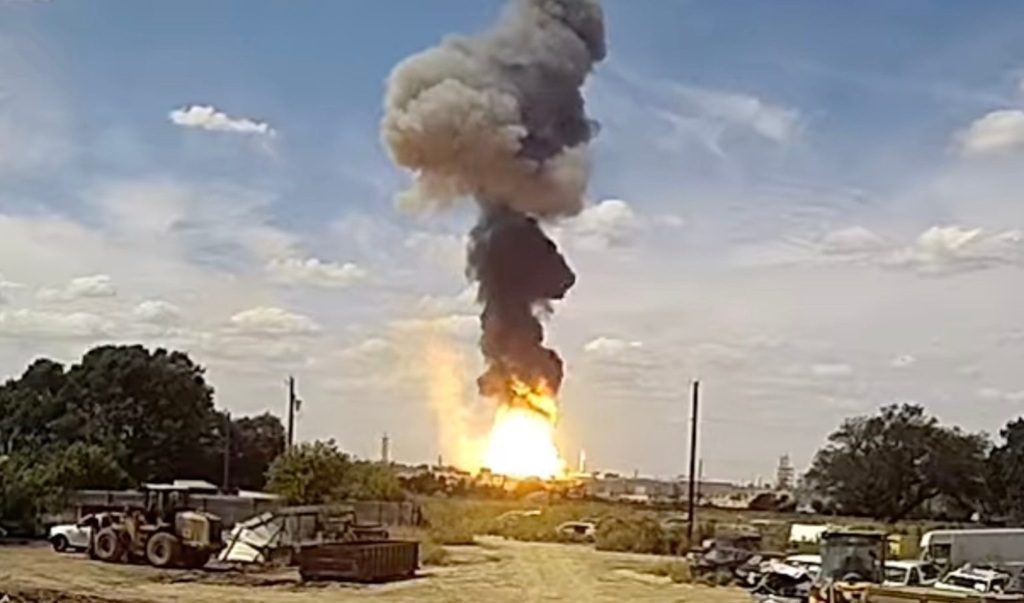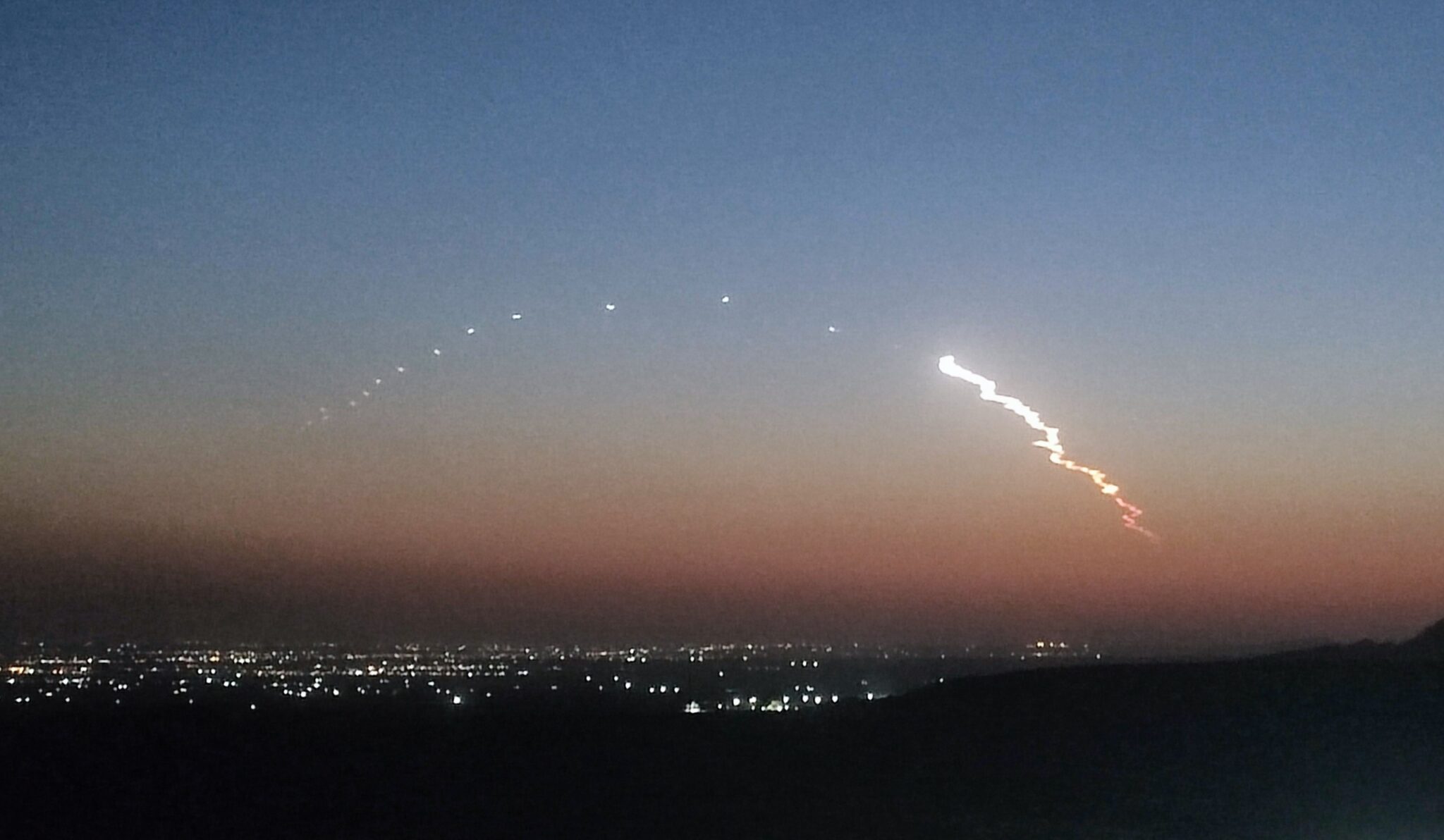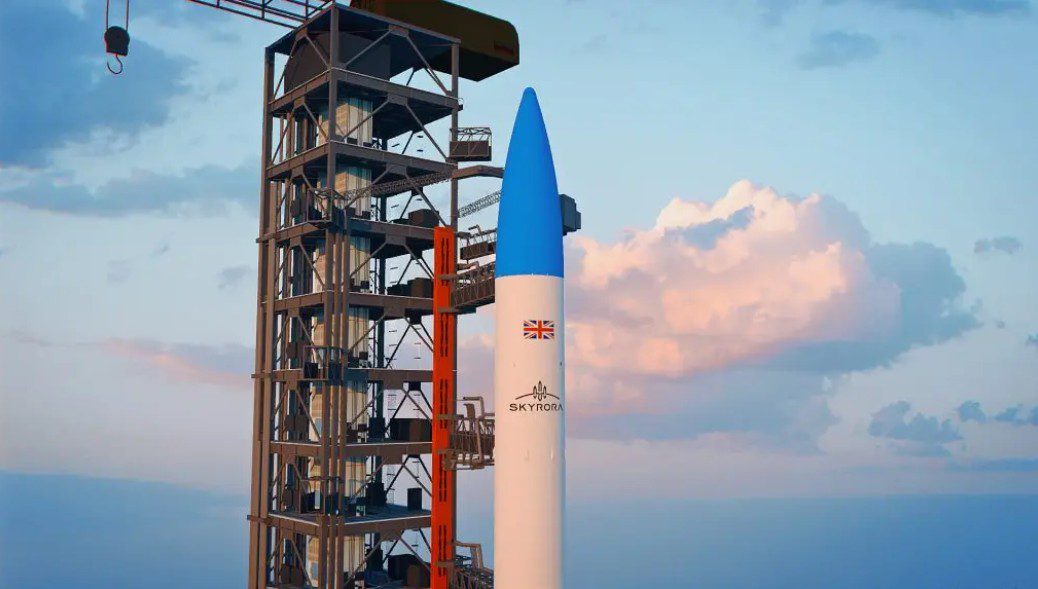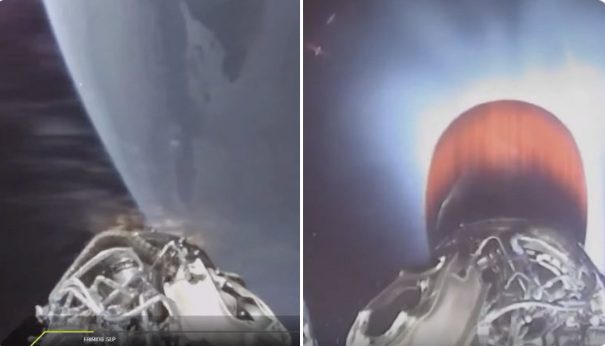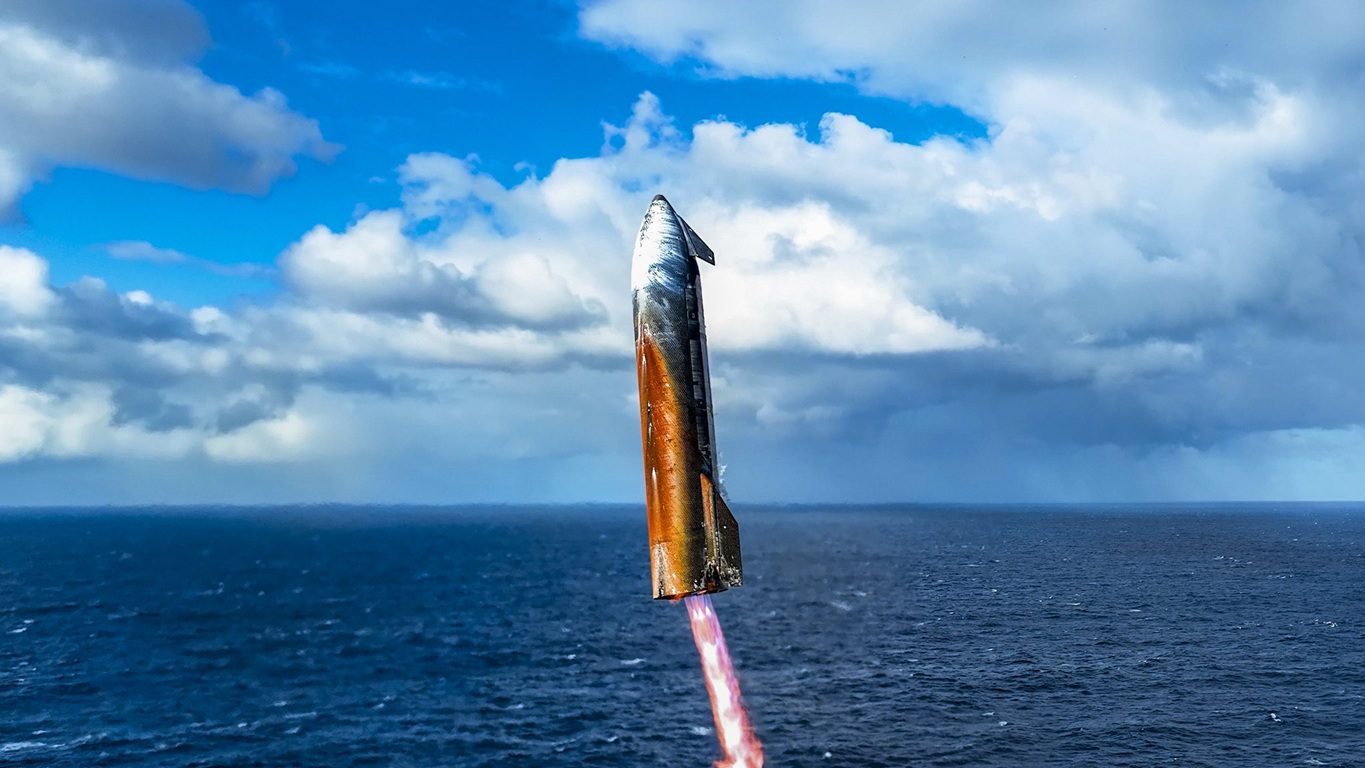A Japanese lunar lander crashed on the Moon after it failed to sufficiently slow its descent.
Hakuto-R M2’s collision, at 1915 GMT on 5 June, created a 16-metre-wide crater in the Mare Frigoris region of the Moon. The collateral of the crash included a mini rover, named ‘Tenacious’, which was on board the uncrewed commercial spacecraft at the time.
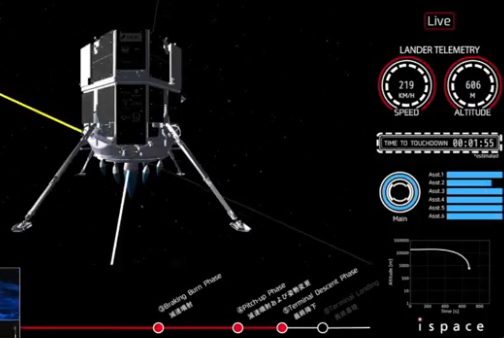
Hakuto-R M2 lunar lander fell into a death fall (lower right chart) to its destruction. Courtesy: iSpace (Japan)
What went wrong?
After Hakuto-R M2 made a de-orbit burn at 1809 GMT, it initiated its descent to the surface from an altitude of 1,000 m. An investigation later found that the laser rangefinder, which was being used to measure altitude, encountered a hardware problem that delayed the transmission of readings required to trigger the landing engines.
The unit did not provide its first altitude measurement until it was less than 900 m from the surface, leaving insufficient time for the vehicle to decelerate. By this point Resilience was descending at 66 m/s — a considerably faster pace than the planned 44 m/s.
Controllers on Earth were helpless as they watched the rapid fall, indicated by the spacecraft’s position time chart and vertical velocity, before they lost communication entirely.
Not the first time
Hopes were high that Hakuto-R M2, developed by Tokyo-based iSpace, would at least reach the lunar surface intact. Its predecessor, Hakuto M1, also failed to land in April 2023. It ran out of propellant before it could land – although the root cause was found to be a software design glitch.
Other lunar landers have fared better. One such is the Blue Ghost 1 lander which, incidentally, shared a ride with Resilience on a Falcon 9 flight in January. It successfully touched down in the Mons Latreille region of the Mare Crisium at 0834 GMT on 2 March.

